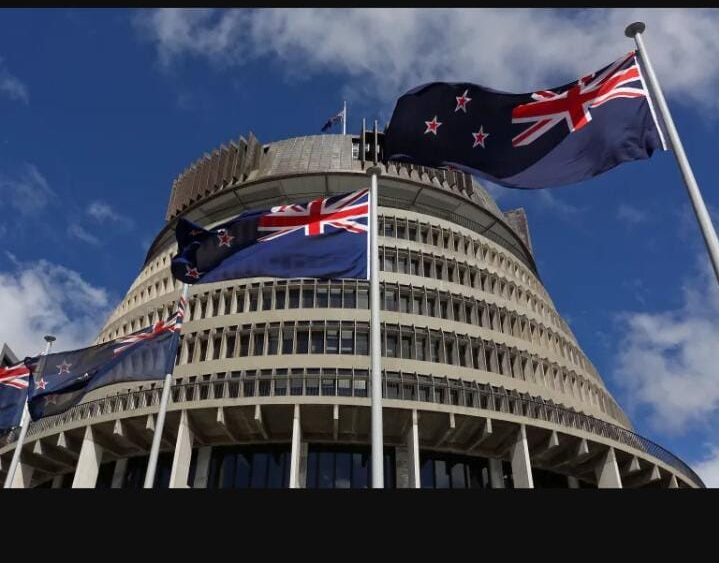
Peaceful protests have long been a powerful tool for enacting social change, from the civil rights movements of the 1960s to contemporary demonstrations worldwide. These protests allow individuals to voice their dissent, demand justice, and push for systemic reforms without resorting to violence. However, the success of a peaceful protest often hinges on careful planning, strategic execution, and unwavering commitment to nonviolence. Here, we explore effective strategies for organizing and conducting peaceful protests to ensure they are impactful and safe.
1. Clear Objectives and Messaging
Set Clear Goals: Before organizing a protest, it is essential to define clear objectives. What change are you advocating for? Whether it’s policy reform, raising awareness, or holding officials accountable, having specific goals helps unify participants and directs the protest’s energy effectively.
Craft a Unified Message: Develop a concise and powerful message that encapsulates the protest’s purpose. This message should be easily communicated through slogans, signs, and speeches. Consistency in messaging ensures that the protest’s goals are clearly understood by participants, media, and the public.
2. Strategic Planning and Coordination
Organize a Planning Committee: Form a diverse team to handle different aspects of the protest, including logistics, communications, legal support, and safety. Effective coordination among team members is crucial for a well-organized protest.
Secure Permits and Follow Regulations: Check local laws and obtain necessary permits for the protest. Compliance with legal requirements helps prevent disruptions and ensures the protest can proceed without legal issues.
Choose an Effective Location and Time: Select a location that maximizes visibility and impact, such as government buildings, public squares, or symbolic sites. Timing is also crucial – consider aligning the protest with significant dates or events related to your cause.
3. Mobilizing Participants
Use Social Media and Traditional Media: Leverage social media platforms to spread the word about the protest, using hashtags and creating event pages. Traditional media, such as flyers, posters, and press releases, can also be effective in reaching a broader audience.
Engage Community Leaders and Influencers: Collaborate with community leaders, activists, and influencers to mobilize support and increase participation. Their endorsement can lend credibility and draw more attendees.
Provide Clear Instructions: Communicate logistics, including meeting points, routes, and schedules, clearly to participants. Provide guidance on what to bring (e.g., water, comfortable shoes, signs) and what to avoid (e.g., weapons, provocative clothing).
4. Ensuring Safety and Nonviolence
Train Marshals and Volunteers: Appoint marshals and volunteers to help manage the crowd, ensure order, and de-escalate potential conflicts. Provide them with training on nonviolent tactics and conflict resolution.
Develop a Safety Plan: Have a plan in place for handling emergencies, medical issues, and interactions with law enforcement. Identify safe spaces and exit routes, and ensure there is a system for communicating urgent information to participants.
Promote Nonviolent Principles: Encourage all participants to commit to nonviolence. This can be achieved through pledges, training sessions, and distributing materials on nonviolent protest principles.
5. Legal and Support Structures
Know Your Rights: Educate participants about their legal rights during protests. Distribute information on what to do if they are detained or if their rights are violated.
Arrange Legal Support: Partner with legal aid organizations and have attorneys on standby to assist if participants face legal issues. Legal observers can also document interactions with law enforcement to ensure accountability.
Prepare for Counterprotests: Be prepared to handle counterprotests or opposition peacefully. Have a strategy to maintain calm and avoid confrontation, and coordinate with law enforcement if necessary to ensure safety.
6. Effective Communication During the Protest
Use Clear Communication Channels: Establish reliable methods for communicating with participants during the protest, such as megaphones, walkie-talkies, or messaging apps. This helps in coordinating movements and addressing any issues promptly.
Engage with the Media: Designate spokespeople to interact with the media and convey the protest’s message effectively. Providing clear, consistent information to the media can help shape public perception and garner support.
Document the Protest: Encourage participants to document the protest through photos, videos, and social media posts. This documentation can serve as evidence of peaceful conduct and can be used to counter misinformation.
7. Post-Protest Actions
Follow Up: After the protest, continue to engage participants through follow-up meetings, emails, and social media updates. Keep the momentum going by outlining next steps and future actions.
Evaluate and Reflect: Assess the protest’s effectiveness by gathering feedback from participants and organizers. Identify what worked well and what could be improved for future actions.
Maintain Pressure: Protests are often part of a broader movement. Continue to apply pressure on decision-makers through petitions, lobbying, and other forms of advocacy until your goals are achieved.
Conclusion
Organizing an effective peaceful protest requires careful planning, clear objectives, and a commitment to nonviolence. By employing these strategies, activists can ensure their protests are impactful, safe, and conducive to positive change. Peaceful protests have the power to draw attention to critical issues, mobilize public support, and hold authorities accountable, making them a vital tool in the fight for justice and equality.
Related Articles
Nonviolent Resistance: Lessons from Global Movements
The Role of Social Media in Modern Activism
Challenges Faced by Activists in Authoritarian Regimes
Building Sustainable Activist Movements: Key Considerations
Kenyan Activists Rethink Strategy After Protests Descend into Violence
Subscribe to Follow Global Trends for daily global news.
Make Money Online Working Remotely
To Advertise, send a mail to advertise@followglobaltrends.com
Find Out How To Make Money As A Full Time Writer/Blogger
Written By Joe Brens

